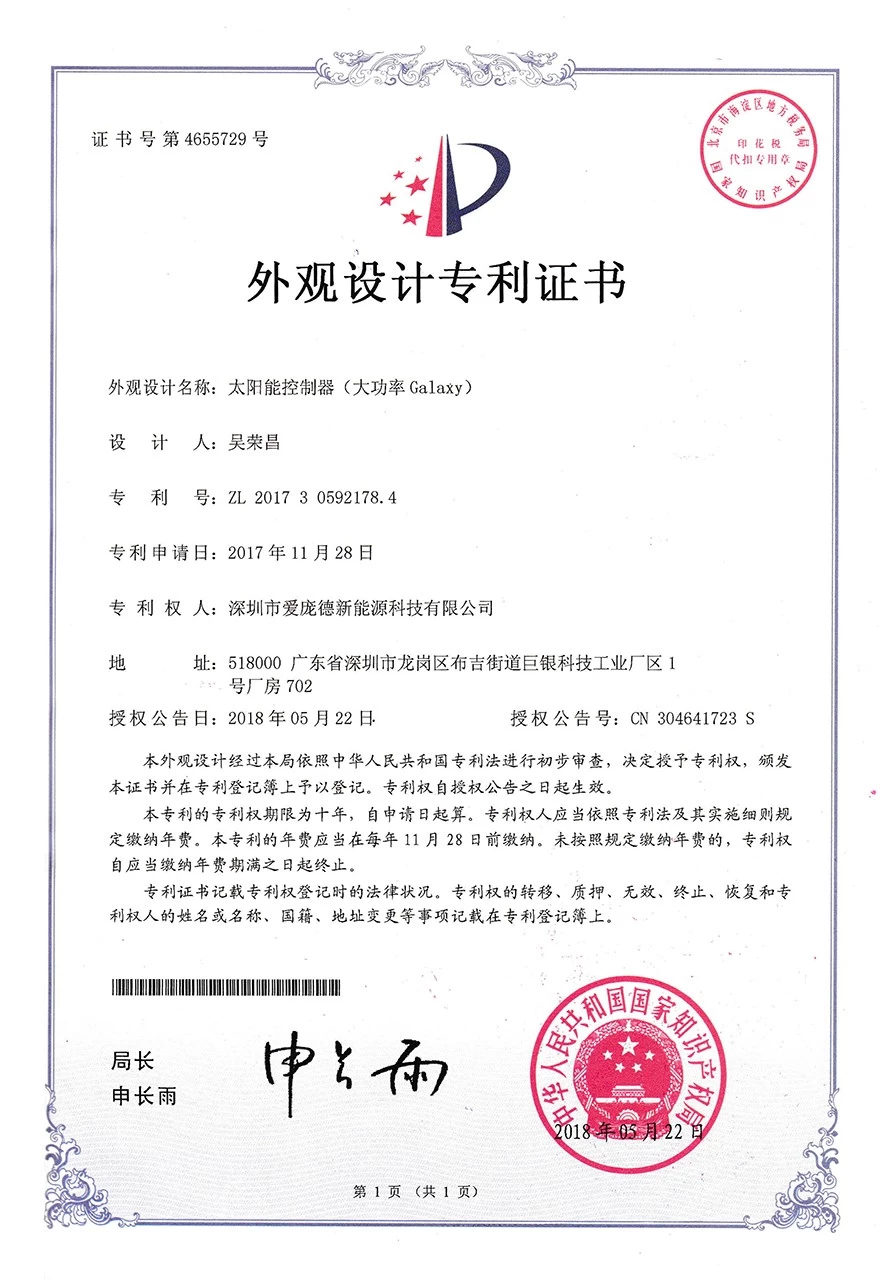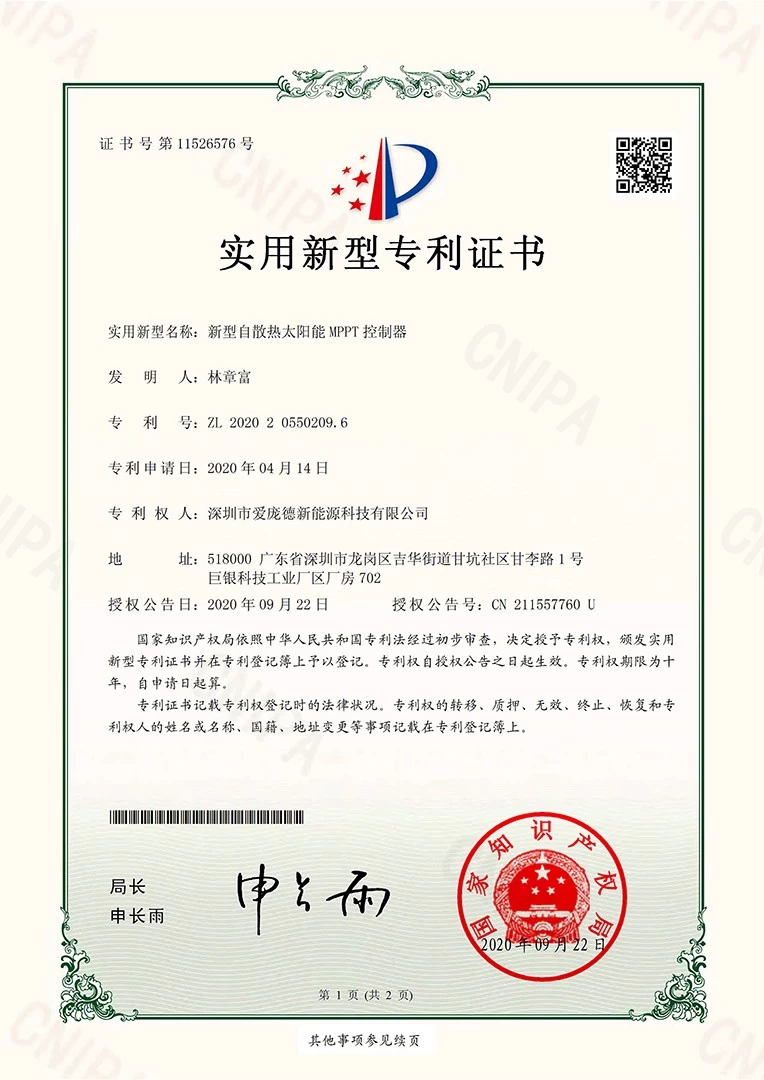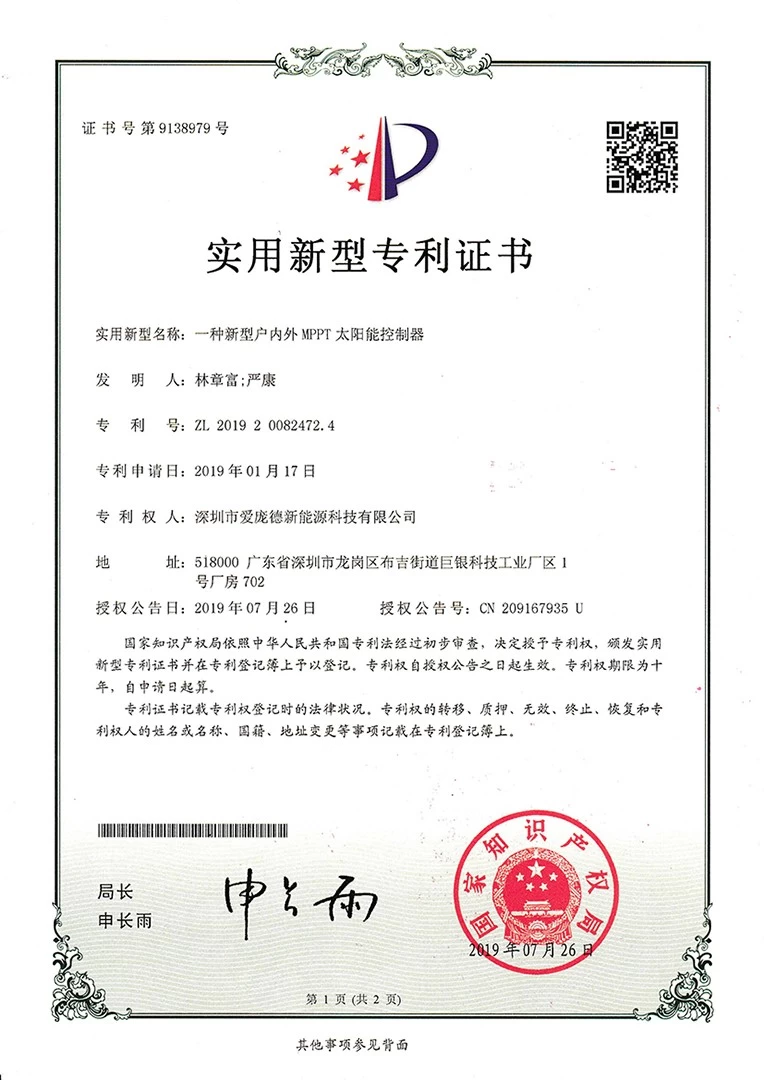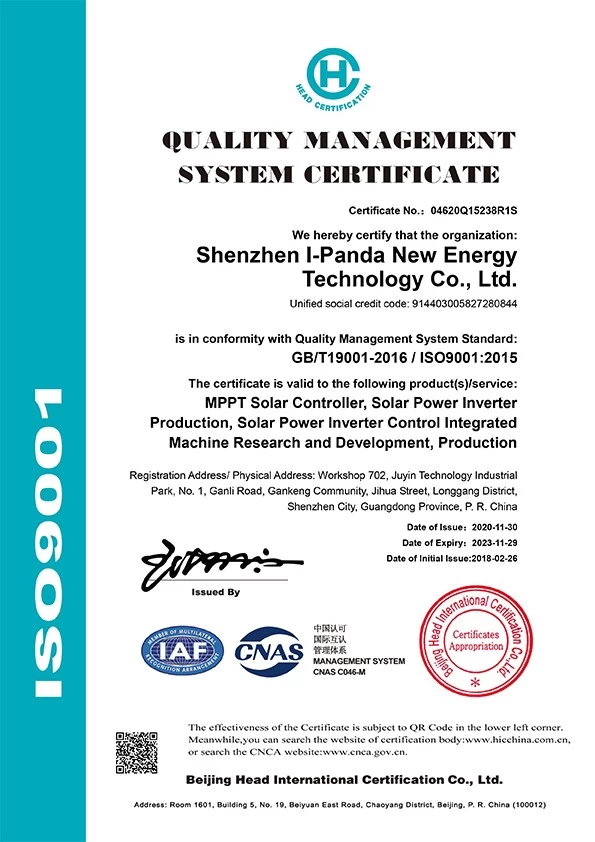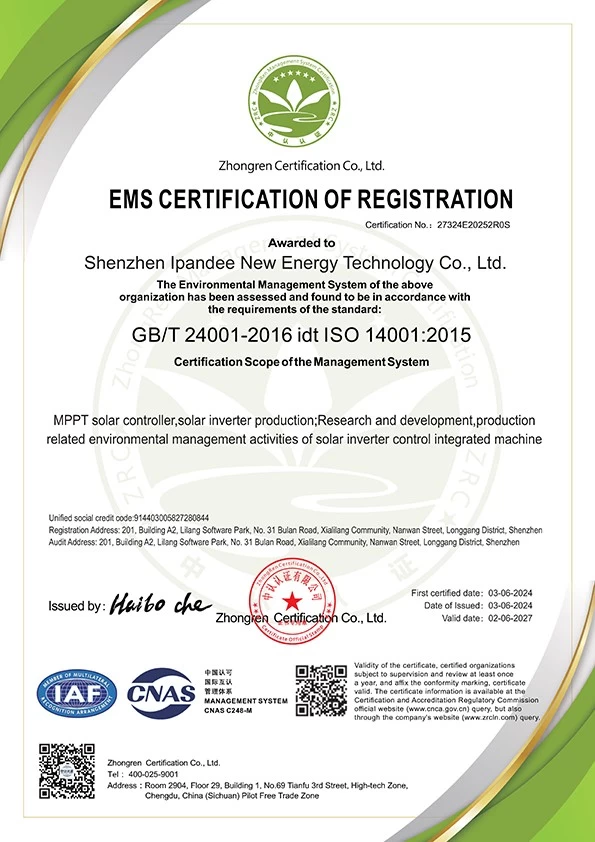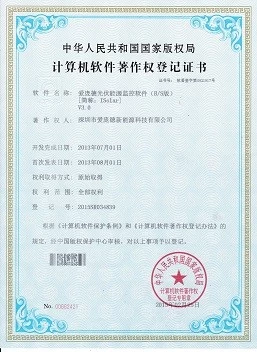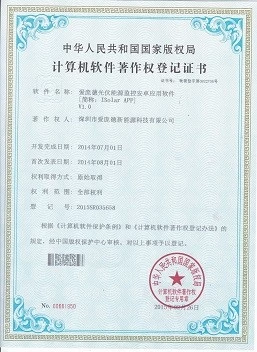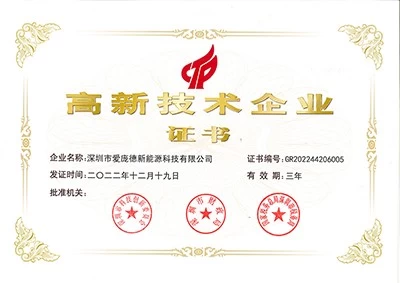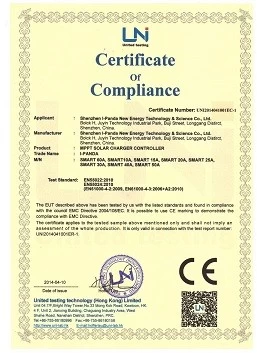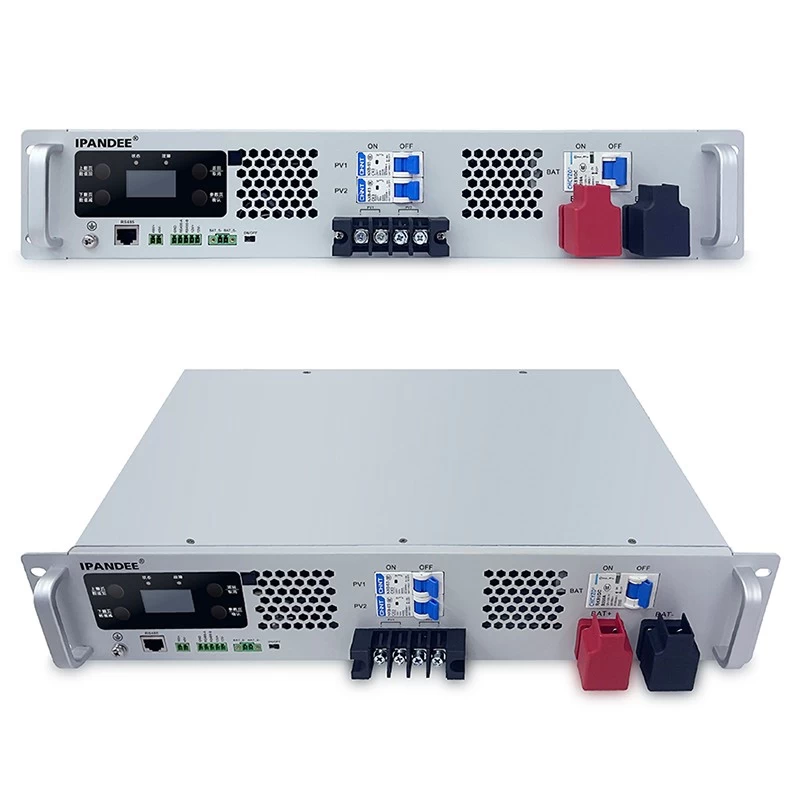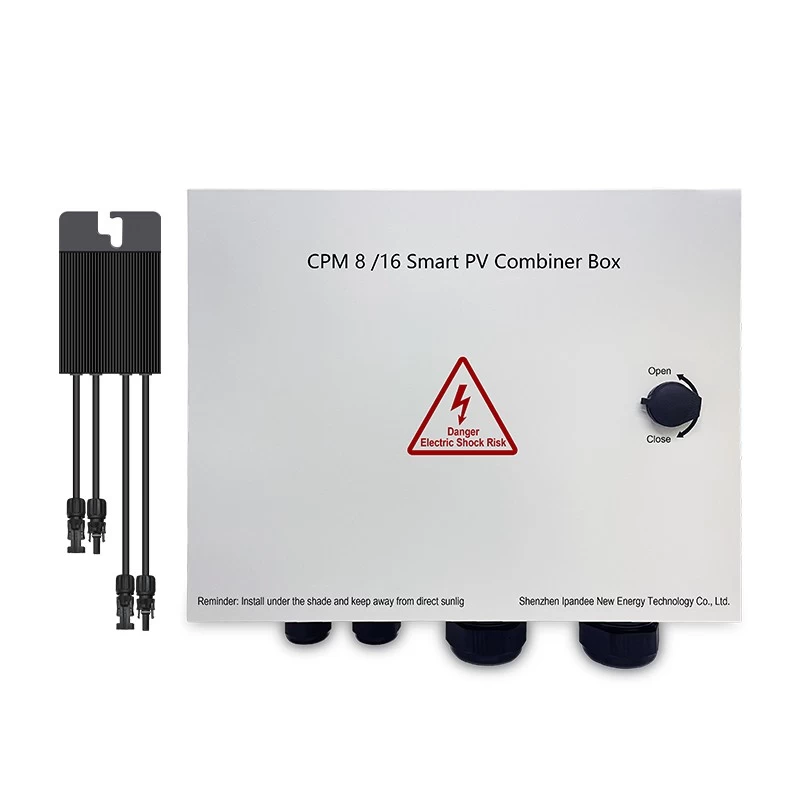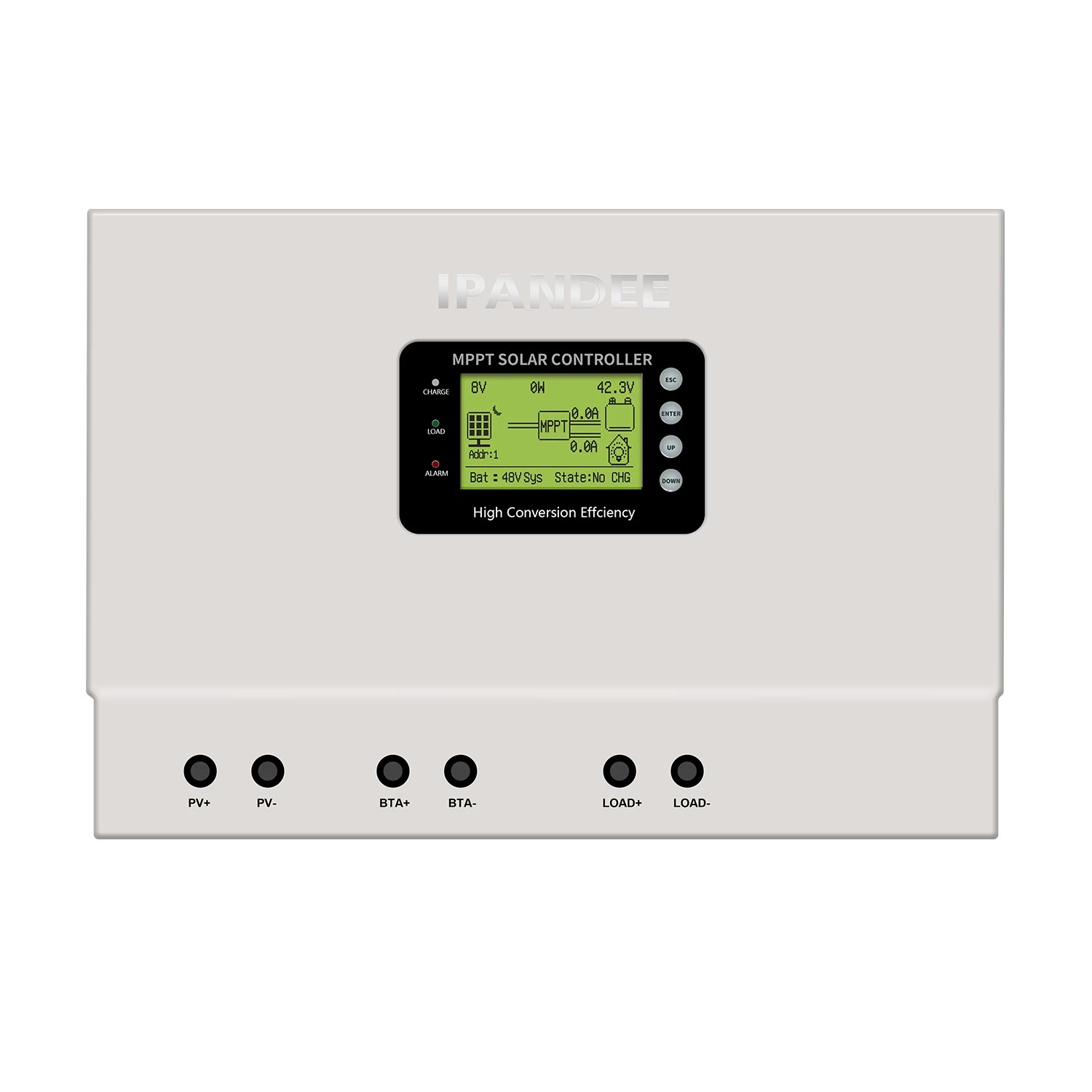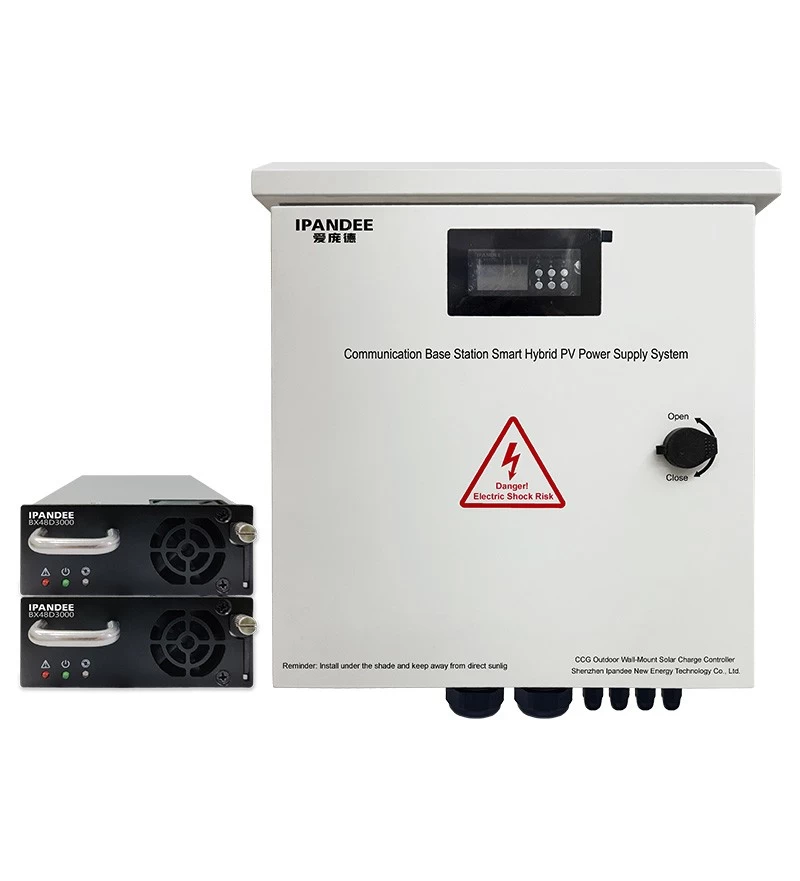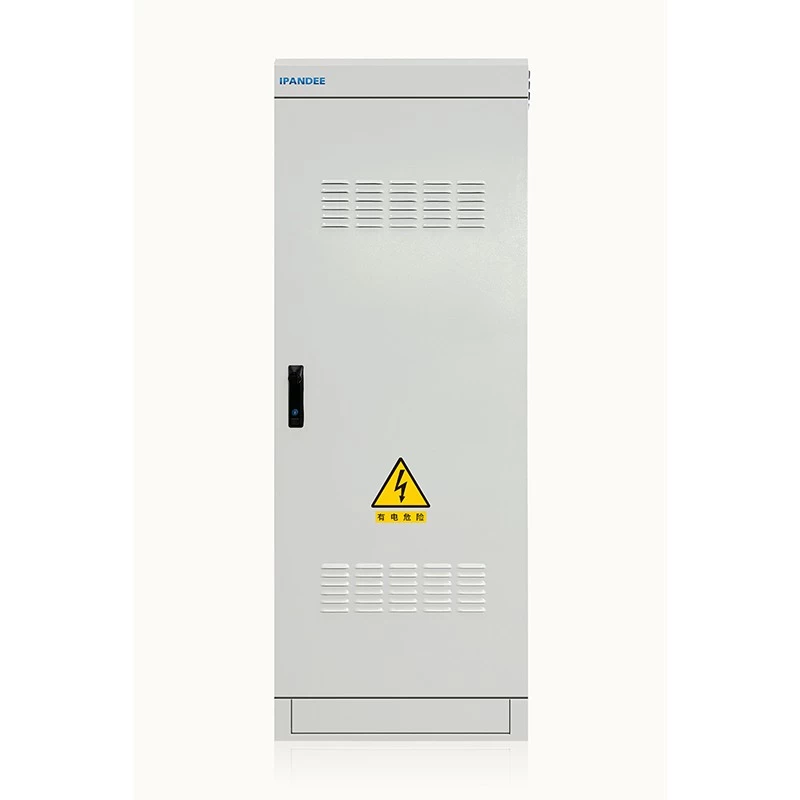Japan is expected to have a installed capacity of 15 billion kilowatts in the next decade
RTS believes that the Japanese authorities should achieve an increase of about 100 GW in the next ten years, and finally provide about 15 billion kWh of electricity per year, accounting for 15% of the country's total demand. The proposed guidelines are based on feedback from professional participants and policy makers.
In the same business as usual, RTS estimates that the country will install 4-6 GW per year, which means that the government's current 2030 device policy 64GW will surpass in the next year or so. According to this speed, the cumulative national capacity may reach 121 GW by 2030. However, according to the accelerated addition of the research company, by the beginning of this century, the total installed capacity can reach 70GW, reaching 153GW by 2030.
“When overcoming grid constraints, reducing storage costs and simplifying regulations, the device must accelerate, and the cumulative installed capacity of photovoltaics is expected to exceed 150 GW by 2030.” RTS shows that “following the policy of 150 GW photovoltaic system, it will constitute approximately 10 GW/ An annual security mall to stimulate investment in the photovoltaic industry."
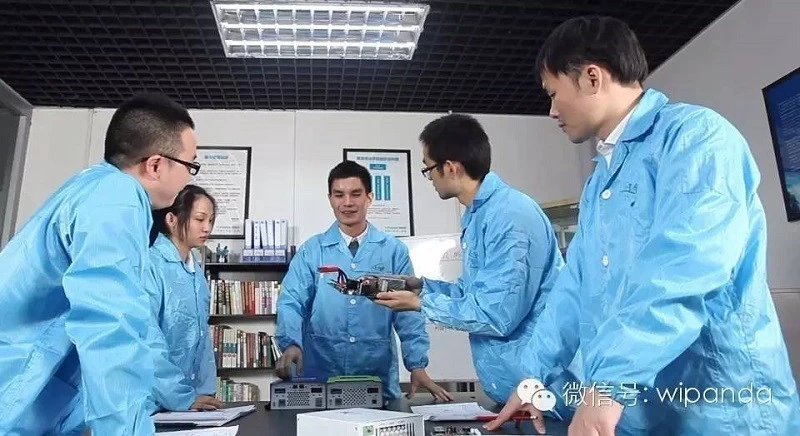
Solar Charge Controller R&D Center
RTS estimates that the placement of residential and small industrial and commercial PV will be boosted by the “steady addition” of new projects in large industrial and commercial sectors. In the next 11 years, the demand for electricity in several new areas, including electric vehicles, hydrogen production and agriculture, will add 10 GW of solar capacity to the grid. In contrast, residential and small-planning business needs will boost up to 80 GW of deployment, while demand from large industrial and commercial segments may help bring up to 60 GW of new long face capacity.
The on-grid tariff (FIT) policy introduced by Japan in July 2012 has greatly promoted the photovoltaic device boom. The cumulative installed capacity of photovoltaics has rapidly increased from 5GW before the policy to 55.5GW at the end of 2018.
Under the FIT system, the utility's PV project plan, which once occupied the main force of the device, continued to decline. RTS estimates that from 2020, photovoltaic systems below 50 kW will account for most of the annual installed capacity. Demand for residential roof PV arrays below 10 kW has been “steadily added”, but RTS believes that 10 kW to 50 kW PV arrays “will form a major mall with residential malls in the next few years”.
The Japanese cabinet passed the fifth strategic driving plan of the country in July last year. The latest version of the program is revised every three years to maintain the government's motivational approach from the previous strategic blueprint. It maintains the power mix of the program at the same level, with renewable power accounting for 22% to 24% of the country's total electricity supply.
According to RTS survey data, Japan's total electricity demand is now 927.8 terawatt hours, including electricity consumption in the industrial, commercial, household and transportation sectors. RTS estimates that it will provide 60 GW of photovoltaic power generation to the manufacturing industry by 2030, accounting for about 10% of the total electricity demand of the occupation. In the next ten years, the solar energy capacity of the residential area will reach 80GW, accounting for about 20% of the total household electricity demand. It is estimated that by 2030, up to 10 GW of solar energy will power agriculture.
In January of this year, the Japanese government issued only 196.6MW of new solar power installed capacity to developers in the country's third PV tender. So far, in the three rounds of bidding, as long as 500MW is used for development, the policy is 1-1.5GW. In February, the Ministry of Economy, Trade and Industry (METI) indicated that due to the country's plans to expand the scope of the project, it may reduce the FIT of commercial photovoltaic systems from 10kW to 500kW. METI recommended reducing the FIT for small-scale commercial PV projects from 18 yen/kWh ($0.165) to 14 yen. However, the Ministry of Economy, Trade and Industry of Japan has also postponed the FIT that was scheduled to reduce utility projects above 2MW from March 31 to September 30, 2019.

Solar charge controller mppt controller
We are a national key high-tech enterprise integrating R&D, production, sales and service, specializing in the production of MPPT controllers, inverters, UPS, solar energy, wind energy and other energy power products. The main products include industrial grade MPPT solar controllers.Solar inverters, solar power systems, UPS and other energy products. It is a leading manufacturer of MPPT controllers in China.
Disclaimer: The content is partly from the internet. In order to pass on more information, it does not mean agreeing to its views or confirming its description. Article content is for reference only. If there is any infringement, please contact in time.





